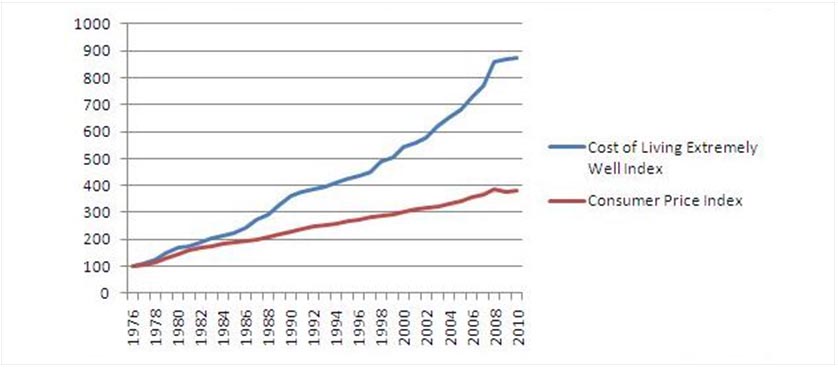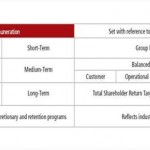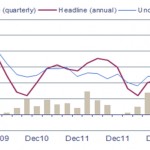Global measurement of luxury and wealth – The Cost of Living Extremely Well Index (CLEWI)
Forbes lauched in 1976 the Cost of Living Extremely Well Index (CLEWI) that measures the price of a basket of luxury goods, being considered to be for the very rich what the Bureau of Labor Statistics’ Consumer Price Index is to ordinary people. The index is based on the selection of 40 goods and services reserved to very rich customers, such as:
- Dinner costs at the famous La Tour d’Argent in Paris: decreased with 15%, to $ 1,704;
- Average cost for a yearling racehorse from championship lines: decreased with 16% to $271,551;
- Cost of Bombardier Learjet 40XR aircraft: $10.6 million versus $9.3 million one year ago.
The Cost of Living Extremely Well Index (CLEWI) was set to 100 in 1976 and had been continuously increasing since then.
Over the 12 months ended in August the CLEWI rose 1%, keeping pace with the Consumer Price Index’s 1.1%. During this period, the aggregate net worth of the Forbes 400 Richest People in America rose 8%, from $1.27 trillion up to $1.37 trillion (Forbes, 2010).
This index is tracking the cost of luxury items, being a relevant indicator both for the luxury market and the wealthy population. Conventional wisdom once dictated that no matter the turbulence within economy, the richest segment of the population would stay above the fray, allowing makers of luxury products to maintain their sales. However, as shown by CLEWI, this statement is questionable today, as not even luxury, nor richness can be immune to the global economic slide.
References:
Image Source:
- Forbes (2010)






